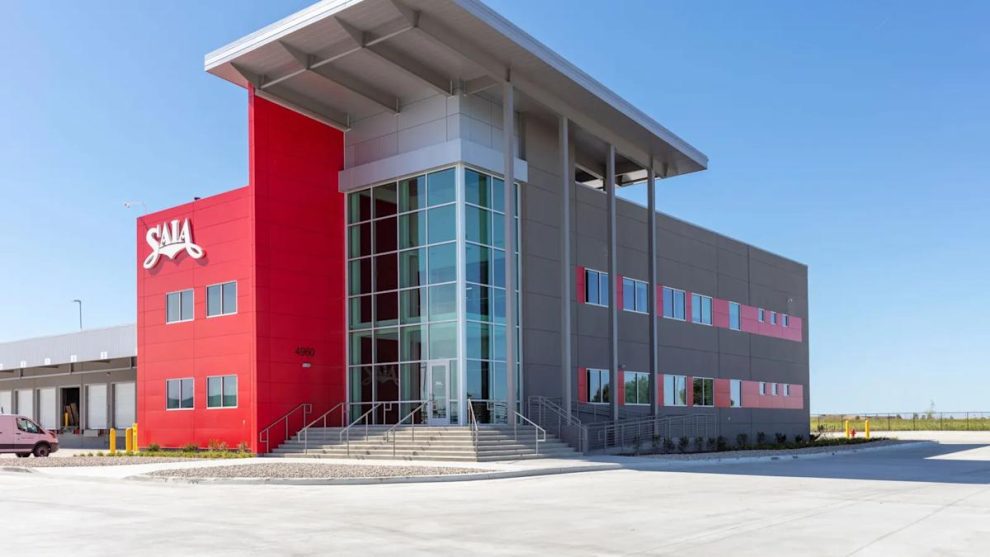This story was originally published on Trucking Dive. To receive daily news and insights, subscribe to our free daily Trucking Dive newsletter.
Saia reported a 4.3% revenue increase of close to $788 million in Q1 with a concentrated growth coming from its newer markets, President and CEO Frederick Holzgrefe said in an April 25 earnings call.
“To open the year, we experienced first quarter records for revenue tonnage and shipments on one less workday than in first quarter of 2024, with growth driven primarily by ramping terminals opened in the last three years,” Holzgrefe said.
Saia opened 21 new terminals in 2024, all of which have been operational less than a year. The company acquired and reopened several Yellow Corp. terminals, growing its national network to 213 locations.
While the new terminal additions show promise, Holzgrefe said the carrier also discovered how a national network allows it to better serve customers’ needs more immediately than it could previously.
The outsized growth also comes from existing enterprise customers, Senior Transportation Analyst Ken Hoexter at Bank of America Securities told Trucking Dive in an email.
“If Home Depot does business in other markets such as Atlanta, and it moves into a new market, the customer will typically add new lanes for SAIA as it expands. Thus the new markets can outpace growth of the market overall and SAIA’s older terminals,” Hoexter said.
Shipment growth in the new markets represented the majority of Saia’s expansion compared to last year but executives recognize it may not be sustainable and poses a challenge for the carrier.
New or ramping markets usually are less profitable compared to legacy segments and the company isn’t seeing the usual seasonal lift from that business, which is its best operating, Saia executives told analysts.
“Historically, we’ve typically seen seasonal increases in shipments and tonnage of approximately 3% to 4% from February to March,” Holzgrefe said. “In facilities opened less than three years, we saw the 3% sequential improvement. In legacy facilities, shipments were actually down slightly Feb to March.”
Legacy markets are more profitable due to fixed costs being covered along with service levels being set, according to Hoexter.
New markets are like a start up operation, Hoexter added. A company has to work to import culture from other facilities, standardizations, and technology as well as start with new customers and new lanes. Costs also have to realign to revenues received, he said.






Add Comment